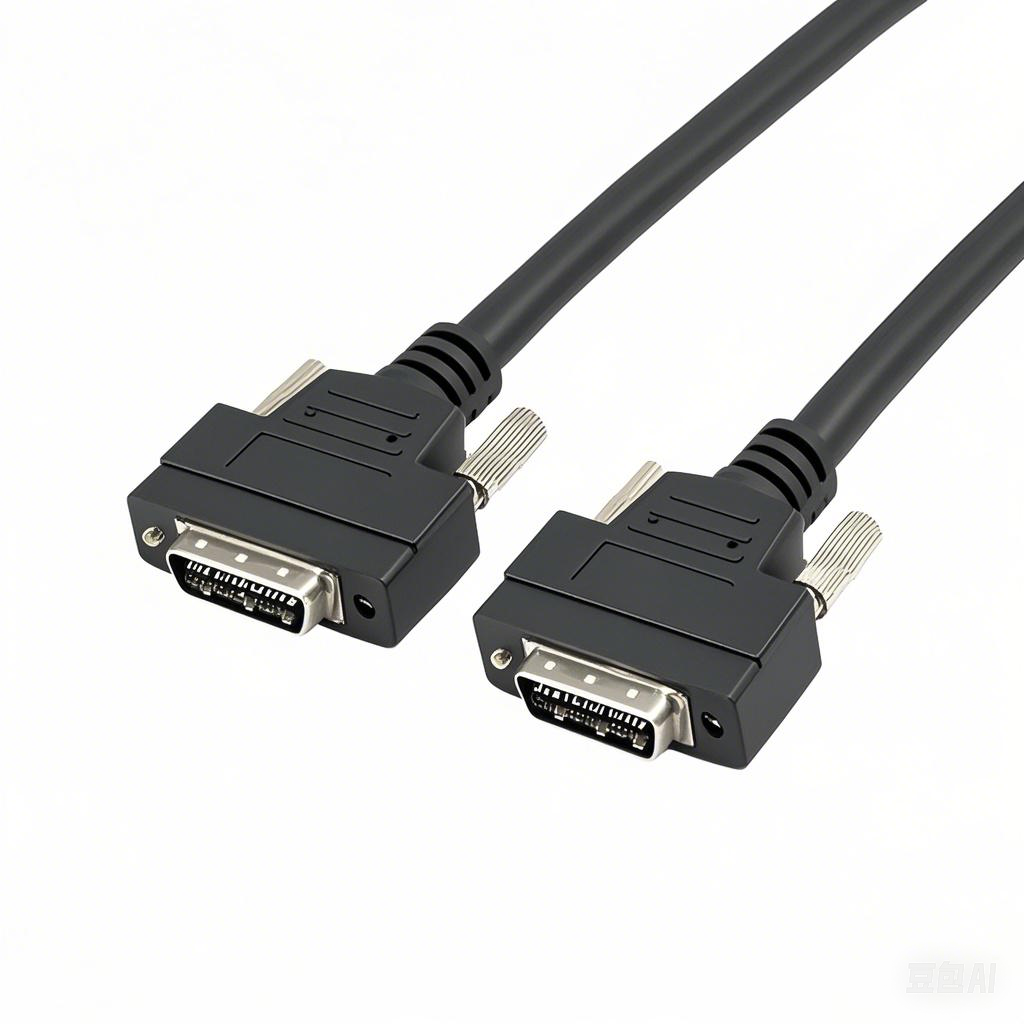Can machine cable be used in wet environments
Many people may wonder whether machine cable can be used in wet environments. In fact, the answer isn’t straightforward; it hinges on the specific type and characteristics of the machine cable in question.
Some machine cables are specifically designed to cope with wet conditions, while others are not. Let’s first look at machine cables that are suitable for wet environments.
Waterproof machine cables are a typical example. They are specially designed to withstand wet conditions. They typically feature a tight outer sheath made of materials like PVC or rubber, which effectively prevents water from penetrating the cable core. This makes them suitable for use in environments such as outdoor areas exposed to rain, damp basements, and near water sources where occasional splashing may occur.
Submersible motor cables are another type that can be used in wet environments, even underwater. They are engineered to operate underwater and have excellent water resistance and can withstand high water pressure. The insulation and sheath materials of these cables are specially selected to resist water absorption and corrosion, ensuring reliable performance even when fully immersed in water for extended periods. They are commonly used in underwater equipment, such as submersible pumps.
On the other hand, some standard machine cables are not suitable for wet environments. These cables, which are not designed for wet conditions, have insulation and sheath materials that are not water-resistant. When exposed to moisture, these materials can absorb water, leading to a decline in insulation performance. This may result in short circuits, electrical leaks, or even damage to connected equipment, posing safety risks. They are usually only applicable to dry indoor environments with stable conditions.
When using machine cables in wet environments, proper installation is crucial. Cables should be routed and secured to avoid unnecessary exposure to water accumulation. Connections must be properly sealed using waterproof connectors and sealants to prevent water ingress. Additionally, regular inspection and maintenance are essential. Check for signs of cable damage, such as cracks in the sheath or degradation of insulation, and replace any damaged cables promptly to ensure safe and reliable operation.
In conclusion, whether a machine cable can be used in a wet environment depends on its type and design. Choosing the right machine cable for the specific wet environment and using and maintaining it properly can ensure its normal operation and avoid potential risks.











